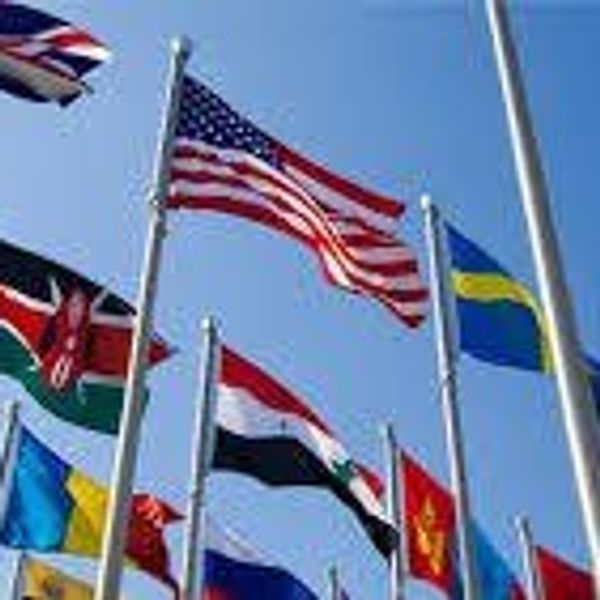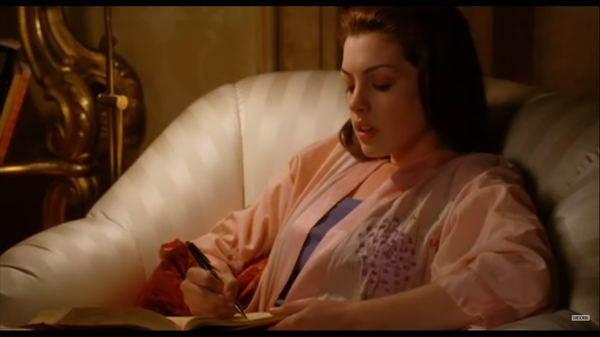Anna Holmes's recent New York Times article "Has 'Diversity' Lost Its Meaning?" highlights how many corporations and institutions boast the image of diversity rather than actively pursuing it. Holmes, a female African American journalist and the founder of popular feminist blog Jezebel, detailed how her boss had received a significant bonus for recruiting her as an employee. Actor Matt Damon received significant backlash for telling a veteran AfricanAmerican producer that "focusing on diversity in the casting of a film is more important than promoting diversity among those working behind the camera."
These examples from Holmes show how many of our institutions view and execute diversity in a flawed way. They pursue it to boost their image rather than actualizing an ideal of equality. Brochures and pamphlets often show images of happy spots on campus where all students, including countless minorities, are smiling and having a great time. I see this in my own university with the Emory University Dean of Campus Life Ajay Nair boasting about "campus populations growing more diverse" and "Emory's great diversity" in his email address on social justice to Emory students.
I believe that having diversity in a college campus is an integral part of every student's open and engaging college experience. But, to many campuses and institutions, exploiting it is a marketing scheme in admissions to appeal to high school students who value genuine inclusion and equality on campus. In 2000, the University of Wisconsin photoshopped the face of black student Diallo Shabazz onto the front cover of an application booklet. The photo was taken during a football game. The problem was that Shabazz wasn't at the game. This phenomenon, when a superordinate group over-represents the prevalence of a minority group, is known as "overplaying the diversity card."
How much of this is really a bad thing? Even if colleges and universities overplay the diversity card to get more minorities to apply to their schools, more minorities will attend the school and the misleading brochures might become a reality. But, nevertheless, minority students are still being mislead as to how integrated they truly will be on a college campus.
We also leave much open to interpretation when we talk about diversity due to the broadness of the term. At its most basic level, it simply represents heterogeneity. But, in Holmes's article, a study asked the question of what "integrated" truly meant to people in Detroit in 1976, 1992, and 2004. The results were that African American students considered "integrated" to be a 50-50 mix of whites and blacks while this ratio was considered too high for comfort for the majority of white students.
The problem is that diversity is too broad of a term. A "diverse faculty" could mean that less than 10 percent of the faculty is comprised of minorities, or that minorities make up 50 percent of the faculty. It's a code word that's a safety valve for institutions to consider themselves legitimate without facing a backlash.
To me, "diversity" represents an air of suppressed tension that universities have whenever they deal with differences along racial, ethnic, socio-economic, or religious lines. It discourages discussion of inequality at a campus because it assumes that "this place has its shit together." It implies that discrimination and prejudice are something that "might happen over there, but not here." As we have seen in the recent protests at universities around the country, that is simply not true. It's a disingenuous word of false hope, a way to avoid admitting the faults or weaknesses of inequality that are inherent to any institution, even if they're not intended.
I see the word "diversity" as a cloak to distract us from genuine inclusion and equality. That is why I don't like the word.




















